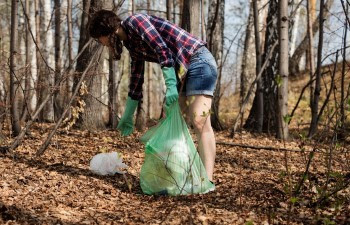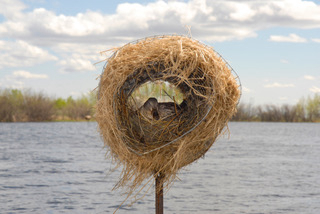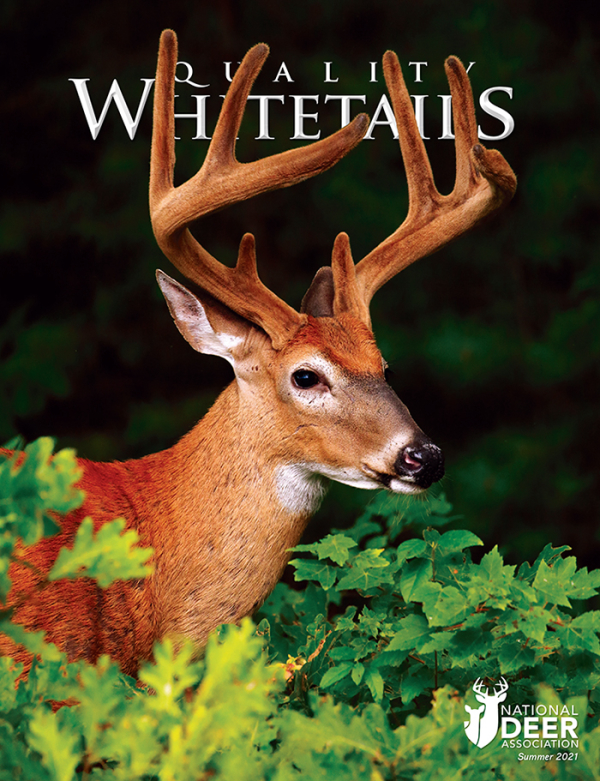By Glen Wunderlich
Charter Member Professional Outdoor Media Association (POMA)
Got skeeters? Welcome to the club! While most of us are good at bellyaching about the swarms terrorizing us outdoors, there’s little we can do to eliminate them. Oh, sure, we can get rid of some obvious breeding sources of standing water. Or, we can spray all manner of repellants or pesticides on our lawns and shrubbery, where moisture and darkness provide the perfect environment for reproduction. The chemical companies will appreciate any futile efforts to do something. And, draining the myriad swamps around us is about as likely as fulfilling promises to do the same in Washington, D.C.
Maybe you missed a few, when you emptied the birdbath or tipped over anything holding water where the blood-sucking varmints hide. Heck, they’re in the bushes, lawns, trees and just about anywhere there’s some shade; you won’t get them all and it only takes one to threaten victims with disease, or some incessant, itchy discomfort for a while.
But, what’s more maddening than one hungry mosquito in your bedroom at night? Or, how about when you pull your vehicle into your garage, the door comes down and you’re left there to get attacked, while unloading the groceries? Commercial sprays are poison, and anything chemists invent to repel or kill the tiny pests is not good for humans.
Fly swatters can create a breeze in front of them and the forceful push of air often blows mosquitos away for a clean escape. When you finally smack one, you’ve got a bloody mess (your blood of that of a loved one) to clean up.
The solution is just that: a solution of water and dish soap. The trick is how to apply the fatal blow to the blood-thirsty aerial acrobats – and this discovery has made all the difference in my indoor control.
I was getting ready for a shooting event on Independence Day and ran across a 3-In-1 Balloon Pumper that I thought would be helpful inflating balloons for targets. The Discovery Balloon Pumper can fill balloons with water or air but it also can perform eradication duty with its built-in mister.
It is this mister feature that has given me the edge. If you have any household sprayers that produce the fine atomized mist needed, you can repurpose them; I found a small spray bottle of Renuzit air freshener worked great, too.
The Balloon Pumper holds over a quart of liquid but gets only a small fraction of dish soap and water for skeeter duty. A squirt of dish soap is all that is needed and it works on any insects including bees, ants, and the like.
That example above of the garage swarm actually happened, when my wife came home the other day. To the rescue, I came with the Balloon Pumper. With the garage door already closed, hundreds of skeeters buzzed about and when the hatch of the car was opened, some flew inside. I started high on the garage door with the fine mist and let it cascade onto the concrete floor. The entire squadron fell harmlessly to the floor with the tiny droplets. Next, into the vehicle with a shot or two and the excitement was over. It took about 30 seconds and we were free to bring the goodies indoors.
Being the hunter that I am, I search them out before bed looking on all walls and ceilings. In one hand is the Balloon Pumper and the other a towel to clean up sprayed-on moisture and dead mosquitos; incidentally, I’ve never had cleaner windows.
The beauty of the soapy mist is that the odor is neutral and it’s generally safe to apply wherever the enemy exists. It’s an environmentally friendly alternative that’s cheap, effective and as readily available as skeeters themselves.



